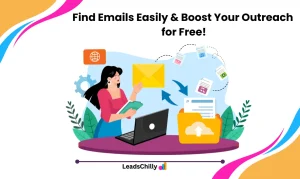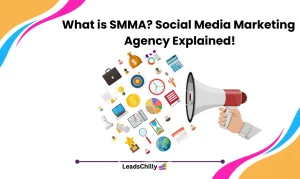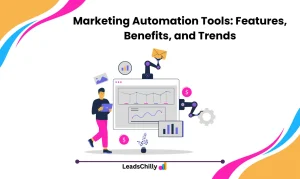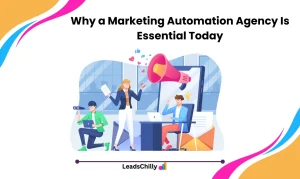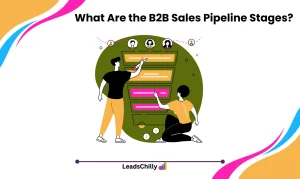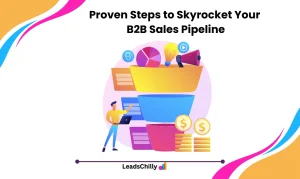Finding accurate email addresses is essential for outreach campaigns, sales, marketing, and recruitment. Email hunter tools simplify this process by automating email collection and verification, helping you save time and increase campaign effectiveness. According to HubSpot, personalized emails with verified addresses increase engagement by 30%. This highlights the importance of using email hunter tools for..
